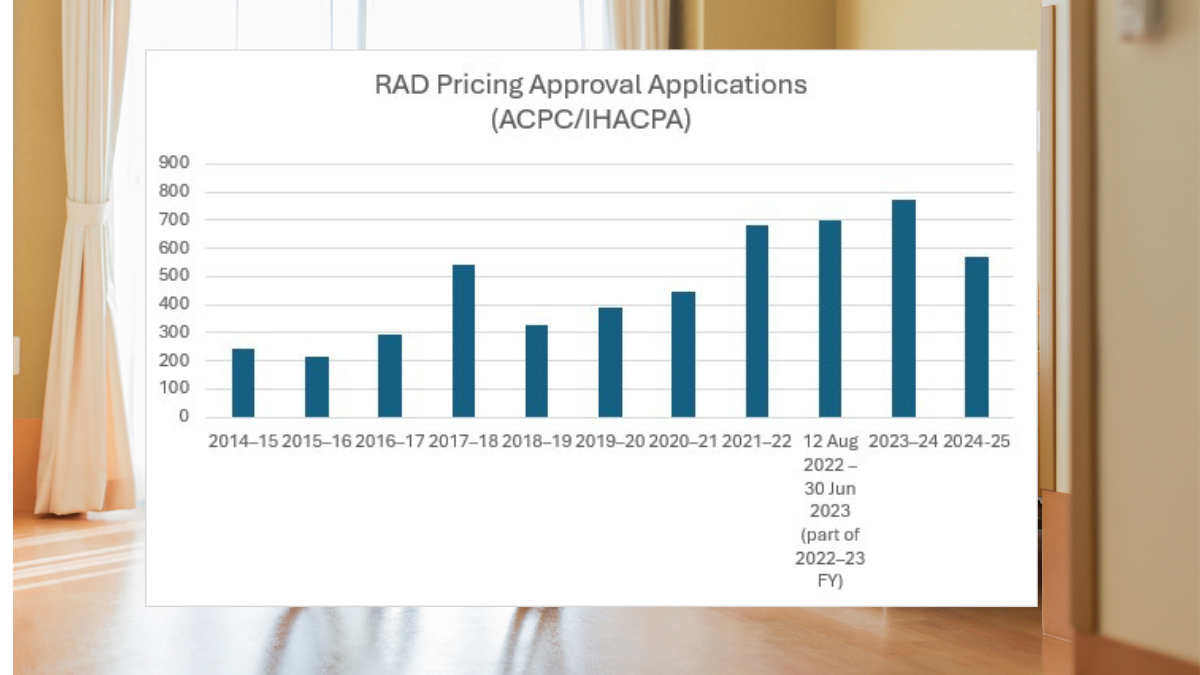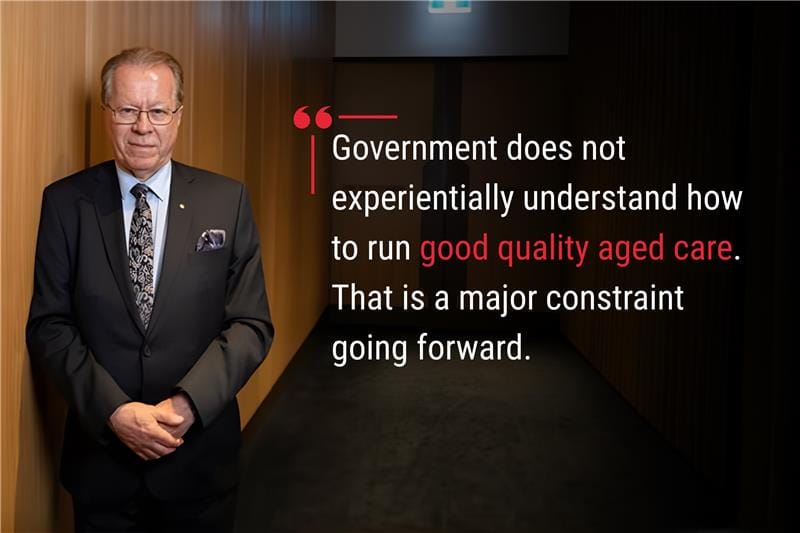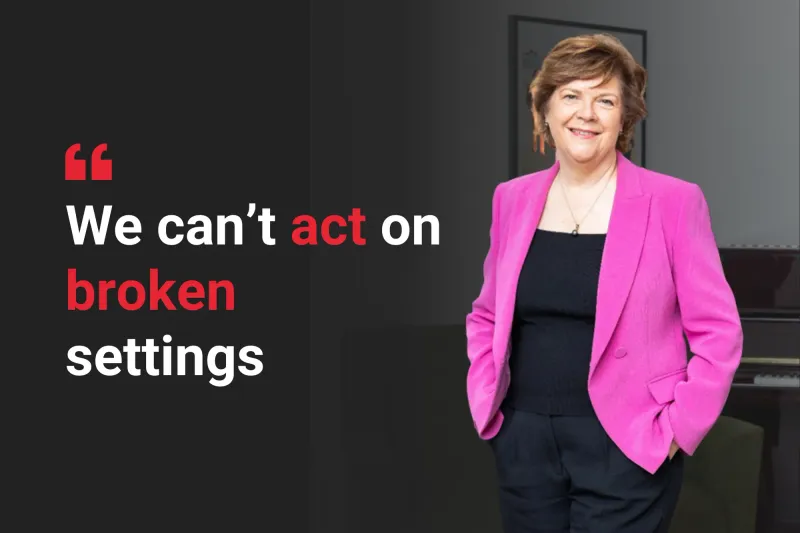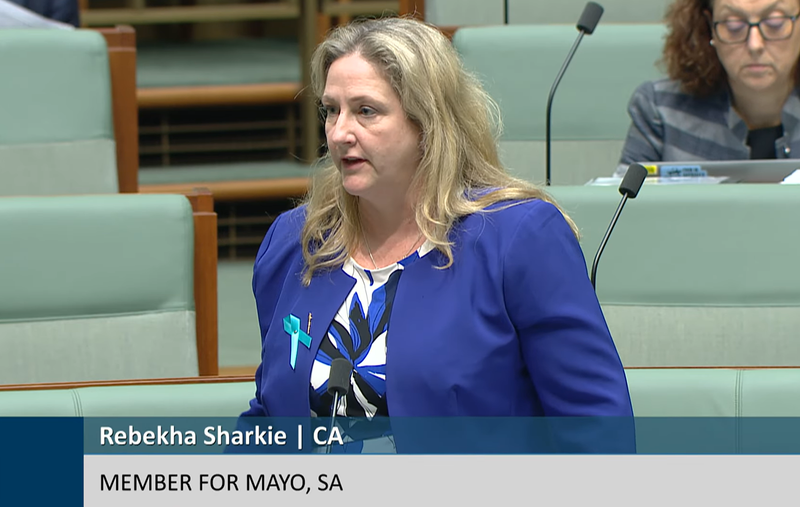Aged care providers ignoring financial free kick
Fewer aged care providers sought to increase RADs beyond the maximum in 2024-25. Is this a missed opportunity?

From 1 January 2025, aged care providers were able to charge RADs up to $750,000 without the need of approval from the Independent Health and Aged Care Pricing Authority (IHACPA).
The threshold was increased in response to the Aged Care Taskforce's Final Report - the move had also been recommended of the 2017 Tune Review.
Previously, RADs had been capped at $550,000, meaning they were disconnected from the price increases recorded in property prices more broadly over a decade.
The Taskforce noted that if the RAD threshold had been indexed to construction prices since they were introduced in 2014, they would have been then, in 2024, set at $810,000 and they would be much higher today.
With about half of operators recording a loss on accommodation, the Government raised the cap last year, as a way to support providers' financial sustainability and make the aged care sector more investable.
Yet, in the first year of the higher cap, fewer operators sought to exceed the threshold. There were only 568 applications for RADs in excess of the threshold, compared with 770 the previous year, a decline of 26%.

(Each application represents an 'accommodation group', a group of rooms with a similar offering at the same price point. A single provider will generally have between one and 10 accommodation groups in an application.)
Zero applications were refused in 2024-25, though 51 were withdrawn.
Stephen Rooke, Director with Pride Aged Living, told The Weekly SOURCE, increasing the maximum price has "slightly reduced" the number of organisations that need to apply for approval.
Stephen also said RAD approvals only last five years, so every five years since the program was introduced, in 2014, there is a surge in renewals. The year 2023-24 saw a significant jump in applications, which could also be a factor in the 2024-25 decline.
Heightened scrutiny
Pride Aged Living has been working with a number of clients on their applications and have just received their first successful decision under the new arrangements.

He said more scrutiny is being applied to applications and a wider range of factors is being considered, resulting in a more involved process.
For the best chance of having your application approved, Stephen recommends addressing three key points:
- the cost of the rooms and recent renovation investment;
- the marketability/look/feel of the rooms compared with differently priced internal rooms and the rooms available in nearby facilities; and
- capital yield targets and funds needed to pay for future planned works.
Missed opportunity
Mirus data shows that 36% of aged care homes have increased their RAD beyond $550,000 this year, with the national average RAD sitting at $580,215 at the end of October – a rise of 10.1% since December 2024, when the threshold was increased.
The RAD is one of few levers available to operators to improve the financial sustainability of their operations. As we have written in these pages before, operators are encouraged to use the lever now.
Read IHACPA's annual report here.






